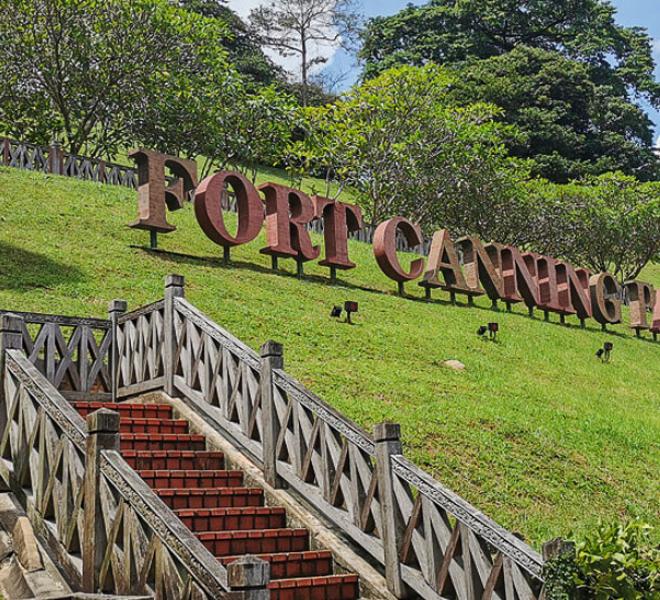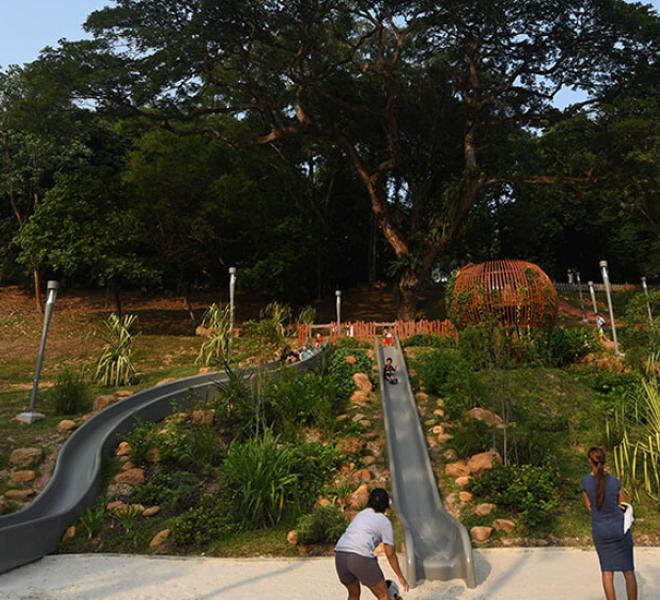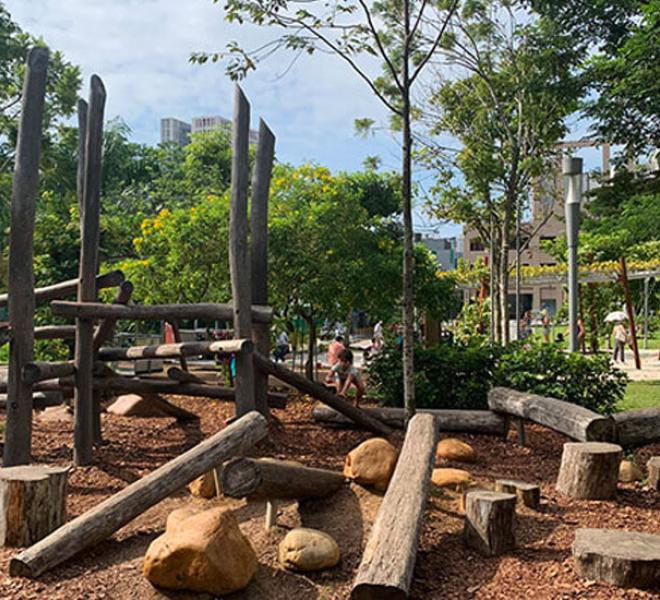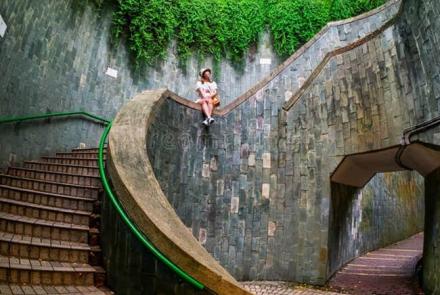Fort Canning Park
Fort Canning Park occupies a historically significant 18-hectare hilltop site that has served as the seat of power for over 700 years. Known originally as Bukit Larangan (Forbidden Hill) in Malay, the hill was believed to be the site of the ancient Singapura kingdom and the residence of the 14th-century Malay kings. Archaeological excavations have uncovered artifacts dating back to the 14th century, including gold ornaments, Chinese ceramics, and glass fragments that provide evidence of Singapore's early trading connections with other parts of Asia.
During the colonial period, Sir Stamford Raffles built his residence on the hill, and later it became the site of Fort Canning Fort, built in 1859 to defend the settlement. The park contains numerous historical remnants including the old Christian cemetery, ancient walls, and the Battle Box, an underground command center used during World War II. The park also features the Keramat Iskandar Shah, a sacred tomb believed to be that of the last ruler of ancient Singapura, which remains an important pilgrimage site for the Malay community.
Today, Fort Canning Park serves as both a historical site and a recreational space in the heart of Singapore's city center.
The park's Heritage Gallery provides visitors with detailed information about the site's archaeological significance and historical importance. The carefully preserved ruins, combined with lush tropical vegetation and well-designed walking paths, create a unique environment where visitors can experience Singapore's ancient past while enjoying a peaceful retreat from urban life. The park's role in hosting cultural events and festivals further enhances its significance as a living heritage site.





Add new comment